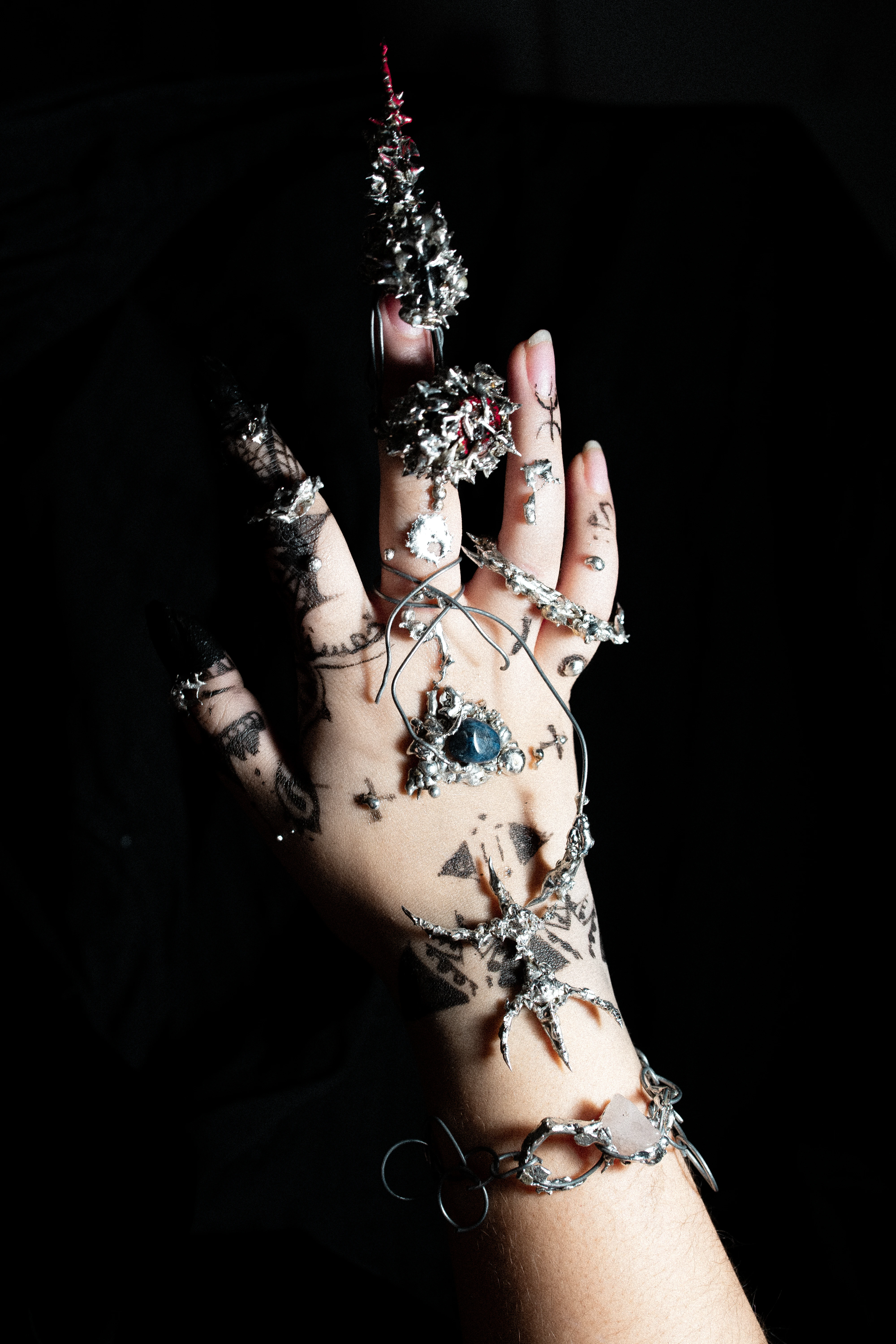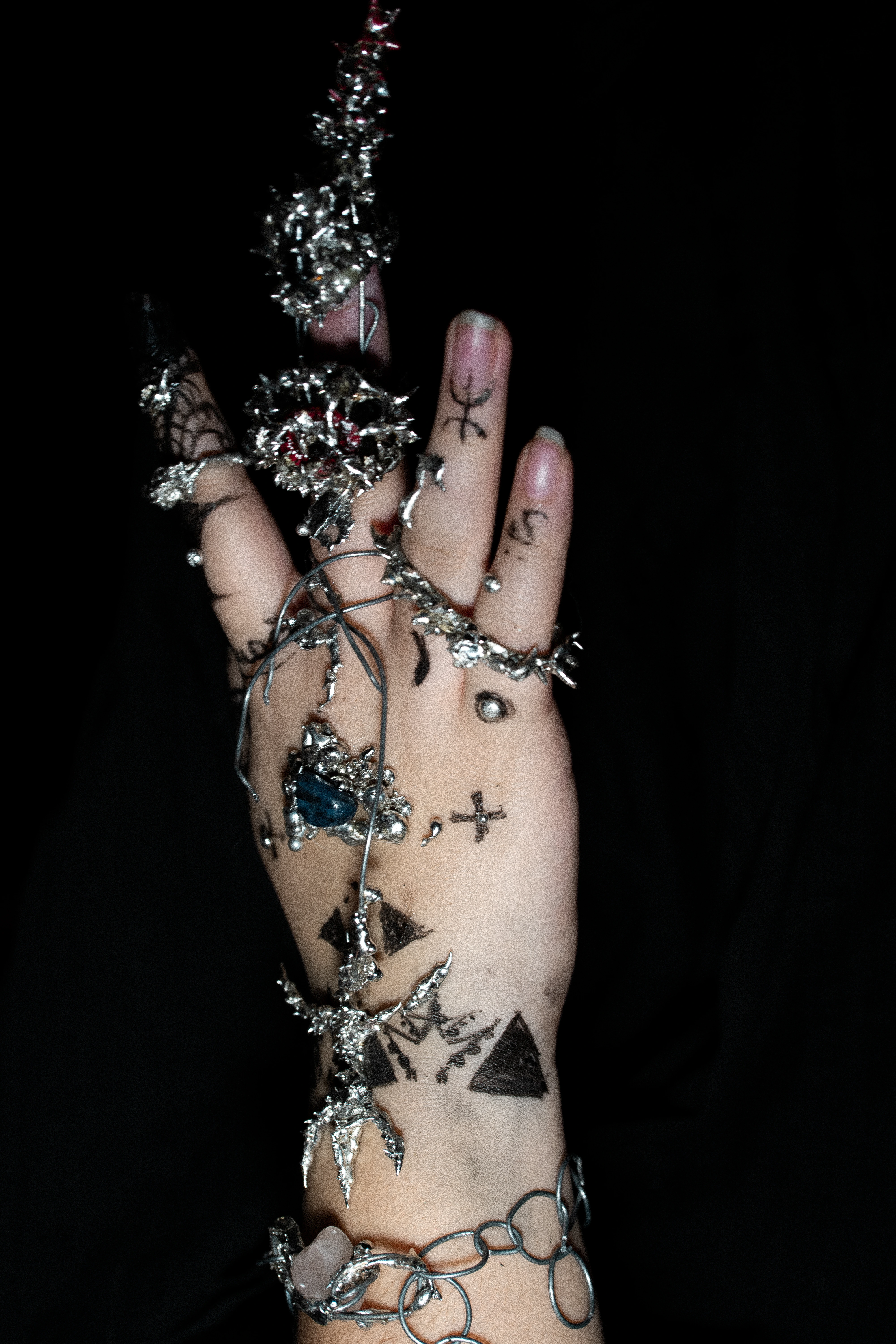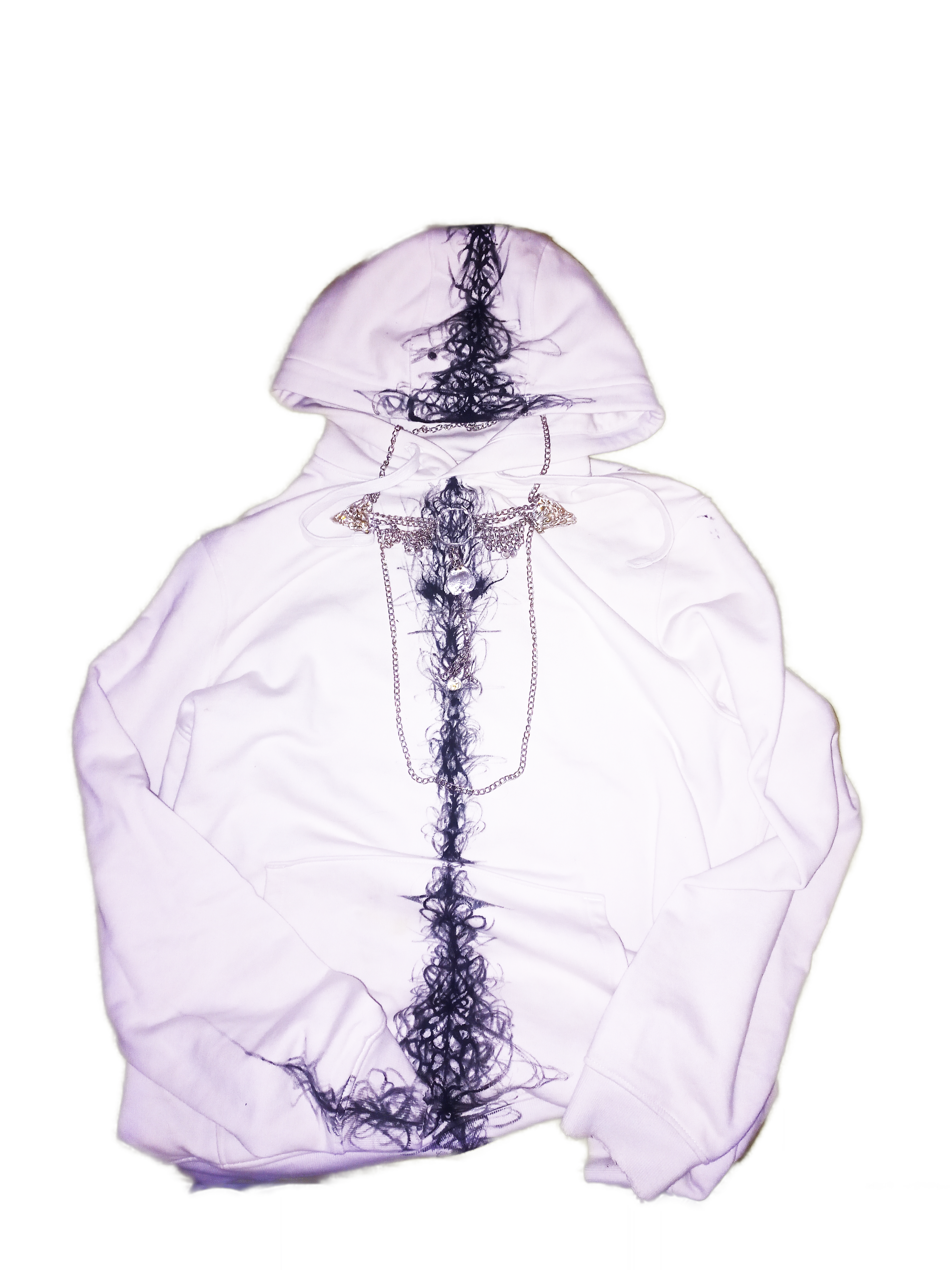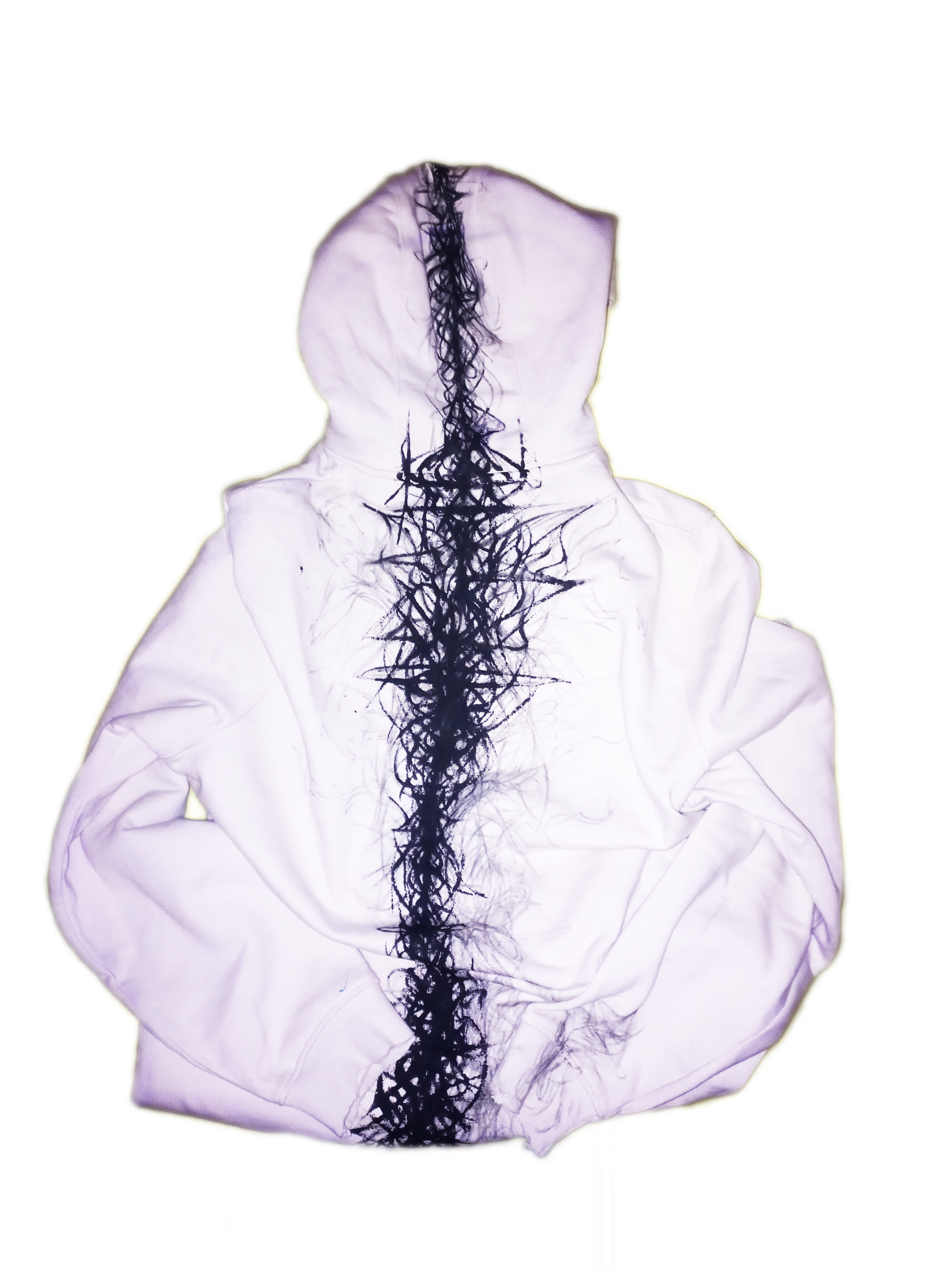
«Berber» is the most commonly used name in the West to describe one of the oldest citizens of North Africa. It’s an exonym that comes from the ancient Greek word «barboroi,» which is also the root of the word barbarian. But the Berbers usually refer to themselves as «amazigh,» which can be translated as «the free people». Amazigh have existed since around 5,000 BCE, or even earlier. The first time they were mentioned was in the Egyptian writings. The existence of amazigh is almost 20’000 years old, but their culture is still very present to this day, despite the numerous invasions. For example, the Kabyle, a part of amazigh inhabiting northern Algeria, still speak an ancient language, the tamazigh. This language can also be found nowadays all across the Maghreb and is still spoken daily. The culture of amazigh and their art are unique. Usually done on women, the art of Berber tattooing, called el-ayasha has a lot of symbolism and carries a lot of mystery. The core of this project is the hand, which symbolizes the root of the Maghreb, the amazigh culture. The hand is covered by multiple tattoos that represent the signs of olives and seeds. Both signs speak about the ground and their fertility, which play a huge part in the amazigh history because of their semi-nomadic past and cultivation being a huge part of their lives. The Yaz sign is also used, it’s one of the most known letters of the alphabet, and it’s usually used in the Berber flag. This symbol represents freedom. As said earlier, the Amazighs have faced numerous invasions, and one of the most major was the Arabization and Islamization with the Arab conquest. Before Islamization, the spirituality of the Maghreb was really complex. For example, some people were Christians, while others believed in Roman mythology. The Berbers also believed that everything in nature had a soul. The Islamization of the Maghreb was quicker and simpler than the Arabization, which was a much slower process. The Islamization in the hand is represented by the use of henna. The art of henna is the direct opposite of the art of tattooing that amazigh used to do. Tattoos are forbidden (haram) in Islam, which is why the art of tattooing is not as well represented as henna in the Maghreb. The number five is also written in Arabic, which is a reference to the five pillars of Islam. The word for the number five in Arabic, khamsa, is also used to talk about the hand of Fatima. It’s an object very common in North Africa that protects against evil eyes.
The center of this project, represented by the middle finger, is imperialism. For Edward Said, imperialism is the practice, the theory, and the attitudes of a dominating metropolitan center ruling a distant territory; ‘colonialism’, which is almost always a consequence of imperialism, is the implanting of settlements on distant territory”. One of his most famous theories, which is also very important to study to understand the root of imperialism, is «Orientalism.» The Orient is way deeper than just a geographical demarcation, it’s an idea. It’s the idea that Westerners have over a particular group of people. They despise them, fetishize them and see them as inferior. This inferior world is only a western creation used to elevate the western world. The idea of the Orient isn’t based on any facts but is just a gathering of stereotypes. This disgust and fear over Arabs and Islam also touches the Maghreb, even though the Maghreb and Arab countries don’t share the same culture or roots. Everything is regrouped into one whole: the Orient. This untrue and violent judgment is represented by the red eye in the middle of the finger. Over the eye can be found the elevation of the so-called inferior world. One of the most common claims defending western imperialism is that every «population» has once been colonized or has been the colonizer throughout history. Which is partially true, but the thing that left a massive impact on our current world is the western colonization, where, for example, the Arab one (done in 647 A.D) is more of an addition to the national identity. Why is that ? Orientalism and the Colonial Mind are concepts that still exist to this day. The negative impact of the imperialism is represented by the ring that chains the two fingers together like a handcuff. The cohabitation of Berber and Arab cultures in the Maghreb is symbolized by the first and last letters of both alphabets written on the fingers


